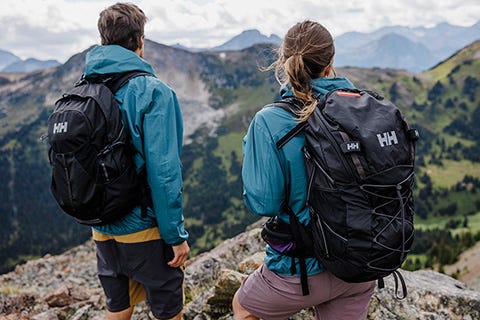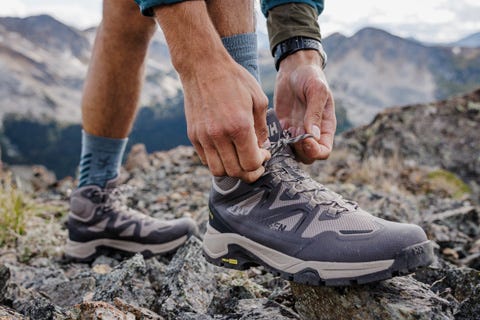
May 15, 2024 3 min read
How to Choose Hiking Footwear
The best hiking shoes or boots should be comfortable to wear. Follow our expert tips to learn how to choose the right hiking footwear for you.
Local Storage seems to be disabled in your browser.
For the best experience on our site, be sure to turn on Local Storage in your browser.
October 11, 2021 Update: January 09, 2024 4 min read
Going ski touring?
Do you know what to wear to stay comfortable both when skinning up and skiing down? Or while having a well-deserved snack at the summit? What happens if the weather suddenly changes and the clouds roll in?
To dress for ski touring, you want to be able to regulate your body temperature while staying protected against the wind and snow in all conditions. In other words, you better layer up. This guide will show you how.
The trick is to be comfortable on the way up, warm on the way down, and have a good day out in the mountains.
Layering is basically mixing and matching different pieces of clothing to stay comfortable and protected throughout the day. This is especially important when it comes to changing weather conditions and varying levels of physical activity.
The 3-layer system is a system of dressing for active days in the outdoors. We highly recommend a layered approach when ski touring. This means that you wear:
Ski touring requires protection from cold winds and foul weather throughout the day. Just remember, every gram of clothing adds to your total weight, which impacts both the ascent and descent, so you want to find the ideal balance of high functionality and low weight.
Here are our recommendations for what to wear...
Often referred to as second skin, base layers are vital to temperature regulation and moisture management. What you’re looking for in a base layer for ski touring is good moisture management combined with the right amount of warmth. We recommend LIFA® Merino top and bottom base layers for cold winter days.
What makes LIFA® Merino base layers so special?
There are two key ingredients:
1. technical LIFA® fibers on the inner side: these pull moisture away from the skin while transporting any perspiration to the surface of the fabric.
2. 100% Merino wool on the outer side: this helps to wick away the moisture while generating extra warmth, even when wet. In other words: warm, dry and balanced.
For warmer spring-touring days, we recommend a LIFA® ACTIVE base layer, which provides superior moisture management in addition to a lighter touch of warmth.
A midlayer is the added layer of warmth that can make all the difference when you’re high up in the mountains. The perfect midlayer can be worn under your shell in the mountains, or as a stand-alone piece in the village after tour.
If you are looking to travel light, look for a midlayer that can keep you warm without the bulk. The LIFALOFT™ Hooded Insulator Jacket is a perfect example because of its extreme breathability and compressibility.
The final component to the 3-layer system is an outer layer. This is known as a shell jacket/pant; its sole purpose is to protect you from the external elements (mainly wind and snow) and it should fit comfortably over your midlayer without restricting movement.
For ski-touring, the key here is breathability. As you warm up, you'll appreciate proper ventilation and moisture management to combat overheating.
We recommend looking for HELLY TECH® to give you waterproof and breathable protection from the elements. Its microporous membrane efficiently pulls moisture away from your body when ascending, allowing you to stay warm (and not soaked in your own sweat) when you finally reach the cold and windy mountaintop.
Our Odin Backcountry gear is tailored for ski touring. The Odin Backcountry Infinity Shell Jacket is a great option. Featuring our innovative LIFA INFINITY™ technology, it delivers long-lasting water repellent performance in tough conditions. And the Odin Mountain Infinity 3-Layer Bib Ski Pants are an ideal companion too.
Ski touring can be such a rewarding activity, so if you plan to admire spanning landscapes while you stop for a snack break, it's a good idea to be prepared with a lightweight puffy jacket (to keep cozy in the cold).
Our range of Verglas and Odin down jackets pack into a small stuff sack and can quickly be put on whenever you find yourself cooling down in exposed areas.
The right apparel when heading into the backcountry isn’t just for comfort – it can be a question of life & death. When ski touring, you face unpredictable conditions for hours at a time, often in remote areas far from any professional first responders. Ski touring in the backcountry requires a high degree of self-sufficiency, and you and your group should be well-prepared for a variety of conditions. Check out these tips and tricks from professional skier Marcus Caston to help you on your way.
Our backcountry gear is worn by the best skiers in the worst weather on the most challenging mountains, and it has claimed the hard-earned trust of these professionals.
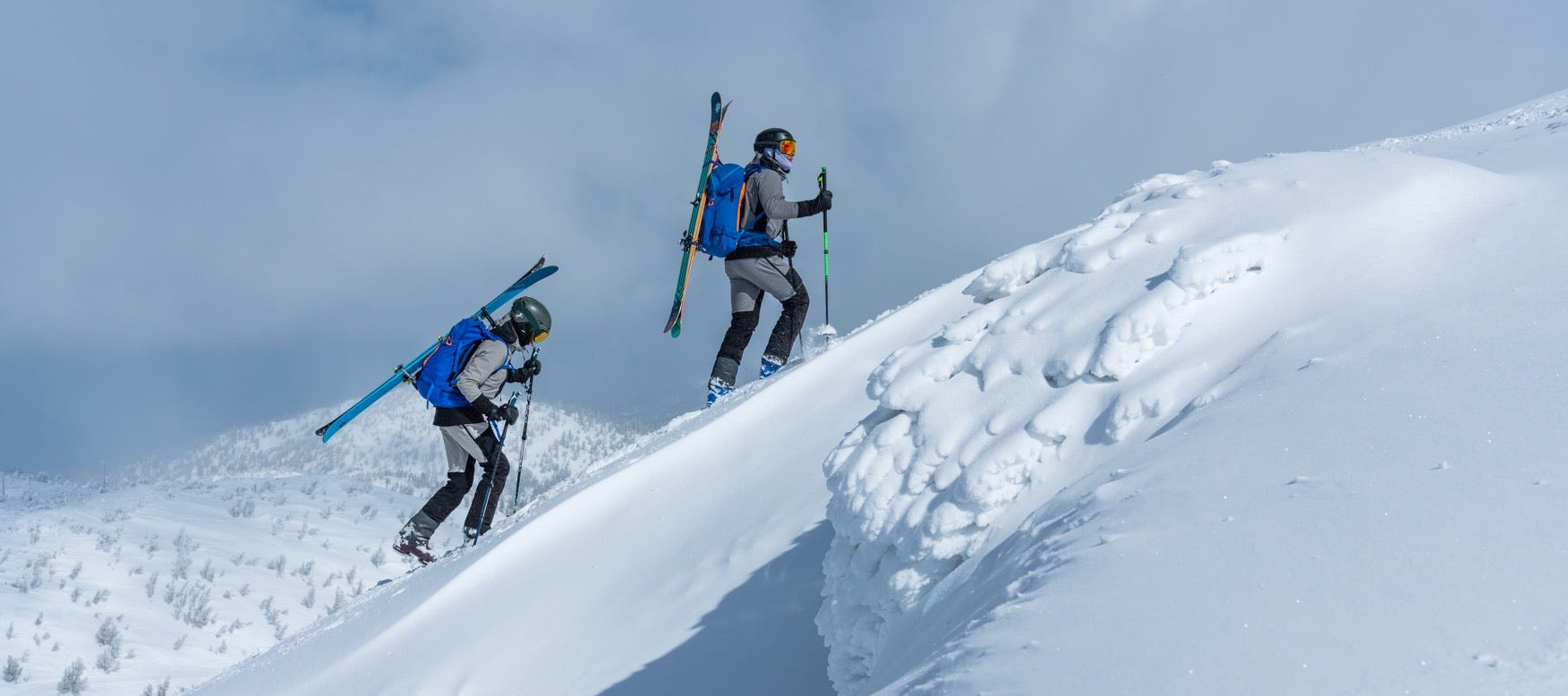
The mid-sized ULLR RS30 is made to organize your avalanche equipment, extra layers, and everything you need for days off-piste
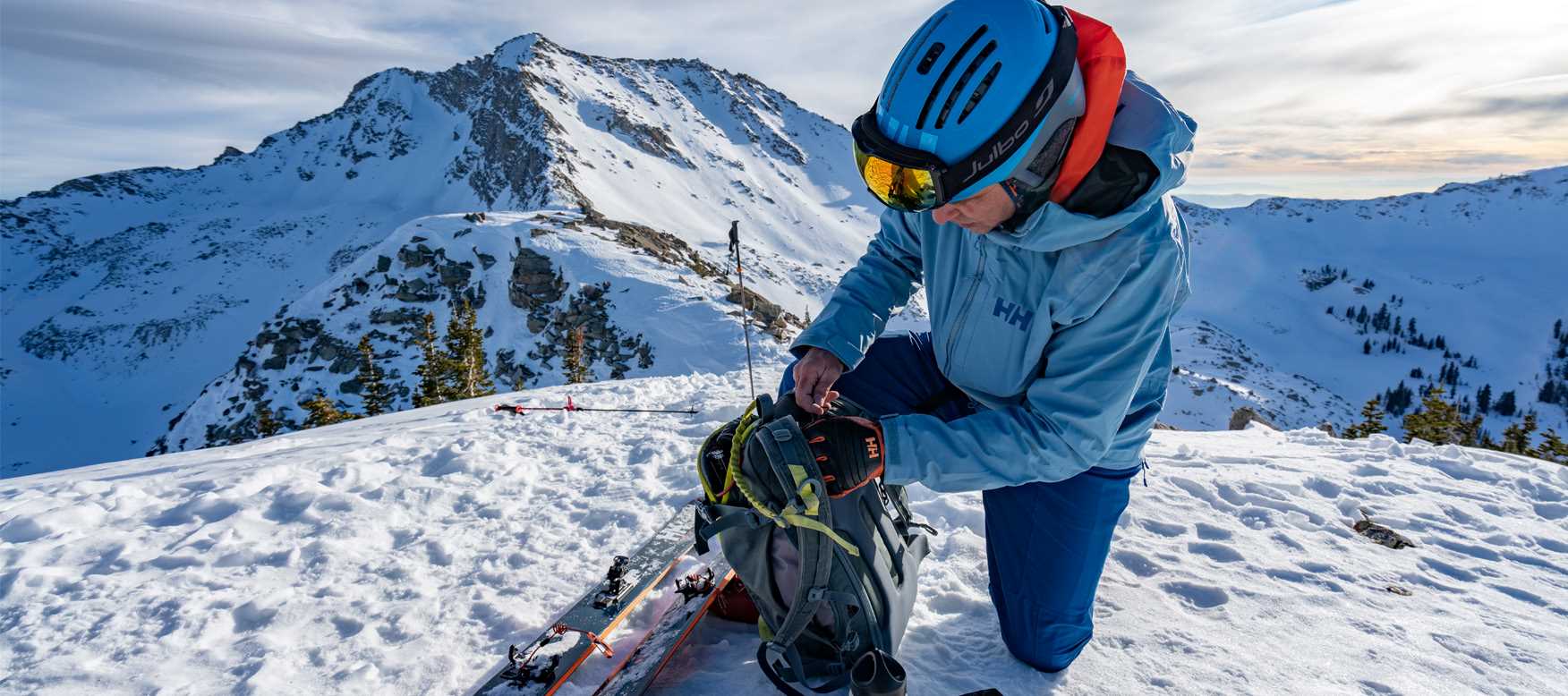

May 15, 2024 3 min read
The best hiking shoes or boots should be comfortable to wear. Follow our expert tips to learn how to choose the right hiking footwear for you.
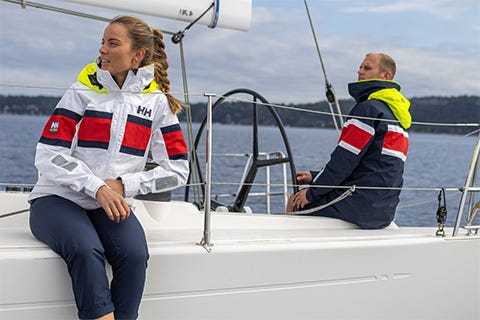
April 30, 2024 3 min read
To dress for coastal sailing, you want to be protected against the wind and spray from the waves, and also the sun. In this guide, we share some top tips for layering from professional sailors, Kayleen VanderRee and Pip Hare.
